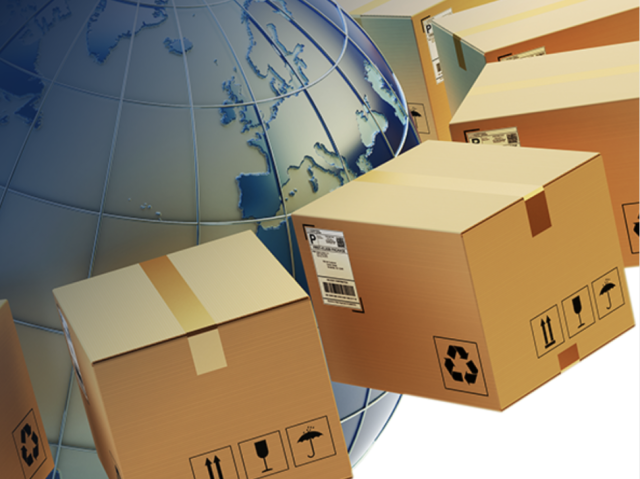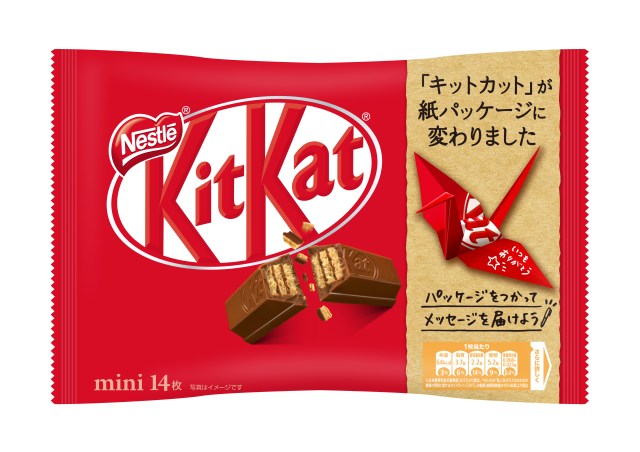
Smithers has released a report analysing the shift in demand for more sustainable packaging designs, particularly for consumer goods packaging driven by the introductions of various plastic taxes.
This article examines the concept of a plastic tax for consumer goods packaging, challenges, and how you can ensure sustainable packaging performs as required throughout complex supply chains.
What is the plastic tax?
The plastic tax is an initiative designed to create economic incentives for businesses and consumers to reduce their reliance on single- use plastics. It encourages manufacturers and brand owners to explore alternative packaging materials for their products.
In the UK for example, you will have to pay the Plastic Packaging Tax if you have manufactured or imported plastic packaging components which contain less than 30% recycled plastic. Fines are introduced per-tonne of packaging. This especially impacts medium to large-sized, fast-moving consumer goods (FMCG) companies, where fines can quickly amount to significant penalties.
Challenges for consumer goods
The introduction of a plastic tax drives manufacturers and brand owners to investigate redesigning packs with new material compositions, using non-virgin plastics and other alternative materials. This includes void fill and other protective layers to avoid having to pay fines.
Not only is redesigning packaging a costly process in itself; it also brings about many unknowns around pack performance, quality, functionality and durability.
There are concerns that should a pack not be able to cope with the rigours of the supply chains in which it will need to function, then there is severe risk to the integrity of the product and an increased likelihood that the product would not be saleable in a retail environment.
Manufacturers want to ensure that any redesigns have been validated and performance levels are known before new packaging designs enter the supply chain.
Different transit routes require different considerations to packaging
When a team develops new packaging and utilises alternative materials, particular consideration must be made to the challenges the pack will face throughout its service life.
For example, a premium consumer item such as a new mobile phone will likely be shipped around the globe on shipping containers which can vary dramatically in temperature and humidity throughout a single journey.
Once the pack reaches land, it will likely travel via lorry by roads which can vary in quality. The pack will need to be able to endure vibration and harsh braking loads.
Following this the pack would have to cope with the associated drops and impacts that can occur during manual handling when unloading items at their end-destination.
This journey alone poses many risks to a pack.
Other supply routes can be even more demanding for a pack, such as air freight with pressure and temperature fluctuations, so it is important to have confidence in its capabilities before entering the supply chain.


